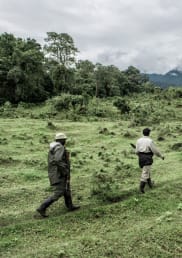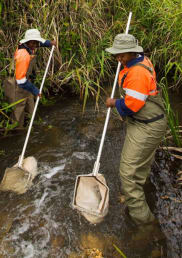Donor aid strategies in post-peace settlement environments: International lessons and recommendations for donors in Nepal's transition period
This paper provides some thoughts on how donor strategies might respond in support of Nepal’s future prospects for sustainable peace.
Over the past 50 years, Nepal has received over USD11 billion in foreign aid. Today, almost 50 bilateral and multilateral donor agencies and more than 100 INGOs regularly provide aid to Nepal. International aid accounts for the majority of the national development budget whereby Nepal is dependent on aid (loans and grants) for basic service delivery, social and economic infrastructure development. Nepal remains, however, one of the poorest countries in South Asia, with over one quarter of the population under the poverty line and huge swathes of the country food-poor.
With the potential historic signing of the peace deal between the Seven Party Alliance and the Maoists any day soon, aid is likely to flow fast in high quantities to Nepal. The interim government, which from 1 December 2006 is due to include the Maoists, is developing a three-year interim development plan that will invite donors to increase their contributions, as reward for and in support of the consolidation of peace in the country. This is due to be finalised in December and to be shared with donors in January to garner their commitments during the National Development Forum (NDF), expected in March 2007. The NDF could be a key juncture in the development of future aid strategies of Nepal – with crucial implications for Nepal’s future stability and development.






